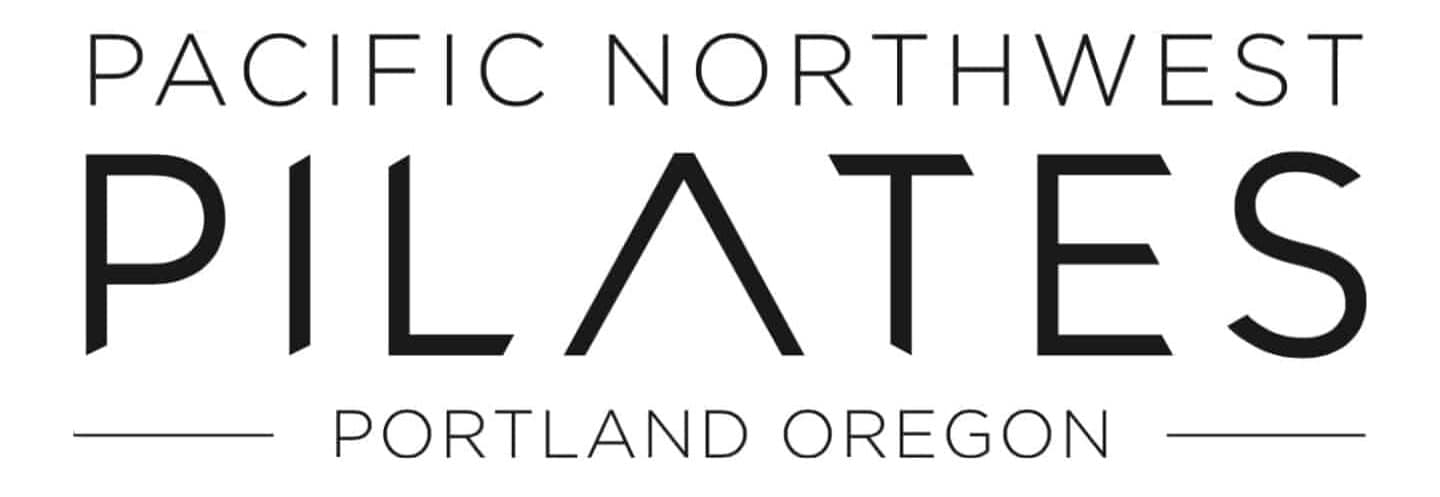Recently, we posted the following New York Times article on social media and one of our readers asked us this question: “I am very curious about your opinion on McGill’s stance on ab curls. I’ve read some of his work and agree with most of it. Not sure about his advice on hand placement with the ab curl though. Would love to know what you think.” Melanie Byford-Young, Pacific Northwest Pilates’ co-owner, and STOTT PILATES® Master Instructor Trainer of Rehabilitation and Therapeutic Pilates conditioning vetran of twenty years, shares her insights:
This is an interesting but misleading article. I have followed all of the phases of this topic/argument, and have seen great information get misused. No one should ever focus only on one muscle, nor only on using a muscle in one way (power contraction vs. low load stability, postural support, and power). The abs have dozens of functions, and curling up is just one—and one that we do not do very often in our daily lives.
We all agree that the core muscles (for each joint) are a collection of muscles that work together to prepare the body for motion, and then dynamically adjust to position and protect the joints throughout the motion. The core contraction action is a very gentle contraction so that movement and dynamic adjustments can occur. The core muscles should be engaged during all activities. And, as the name suggests, the co-contraction of the cylinder of muscles is what protects the joint. As McGill is quoted in this article:
” a core exercise program should emphasize all of the major muscles that girdle the spine, including but not concentrating on the abs” McGill
Pilates is a whole body approach to posture and movement; as much as we talk about the abs frequently, we are addressing all muscles and in each of their functions. STOTT PILATES® in particular does not encourage having the head and shoulders in flexion for all of the abs series- we encourage head down with the abdominals in a midrange position. Also, Pilates does not ascribe to the ‘more is better’ philosophy- we program a variety of motions into each session.
“If you concentrate on strengthening only one set of muscles within the core, you can destabilize your spine by pulling it out of alignment. Think of the spine as a fishing rod supported by muscular guy wires. If all of the wires are tensed equally, the rod stays straight.” McGill
As for how to do a crunch/ab prep, this should be adapted to the clients specific capacity and needs. Setting your core is NOT pressing your back down against the floor, and cues like ‘pull your navel to your spine’ usually do not produce optimal core setting. McGill advocates putting hands below the low back for support- we would typically use the imprinted position to achieve the same protection.
“An approved crunch begins with you lying down, one knee bent, and hands positioned beneath your lower back for support. “Do not hollow your stomach or press your back against the floor,” McGill says. Gently lift your head and shoulders, hold briefly and relax back down.”
Finally, I want to address the Australian research mentioned by Hodges, Richardson, Hydes et al. As a group, they have produced many papers and books relating to all of the core muscles, on how to use real time ultrasound to visualize contraction etc. To my knowledge, they did not ever advocate an abs only/core only protocol. The ‘abs only’ was a misuse of the research, as was the generalization of the ‘hollow your abs/belly button to spine’ cue. IF someone has a healthy back, the core works automatically and you do not need to cue it prior to motion or lifting. If there is an imbalance or dysfunction, then reestablishing spinal protection prior to motion is a critical step in the rehabilitation.
McGill’s research has also been misused by many trainers who believe that all you need to do is bracing exercises including plank and side plank. McGill has a huge syllabus of articles that span topics from postural control to power lifting. No one should ever apply one concept to all types of movement reeducation and to all people. Thanks for asking a thought-provoking question.
—-
All information contained within our blog, newsletter, and our website: www.pacificnorthwestpilates.com and any other associated social media venues is for informational purposes only. It is not intended to diagnose, treat, cure, or prevent any health problem, nor is it intended to replace the advice of any physician. No action should be taken solely on the contents of this website, blog, video content, or affiliate social media platforms. Use all content at your own risk. Always seek the advice of your physician or other qualified health provider with any questions you may have regarding a medical condition. Never disregard professional medical advice or delay in seeking it because of something you have read or seen on the site or any of our affiliate social media platforms.

